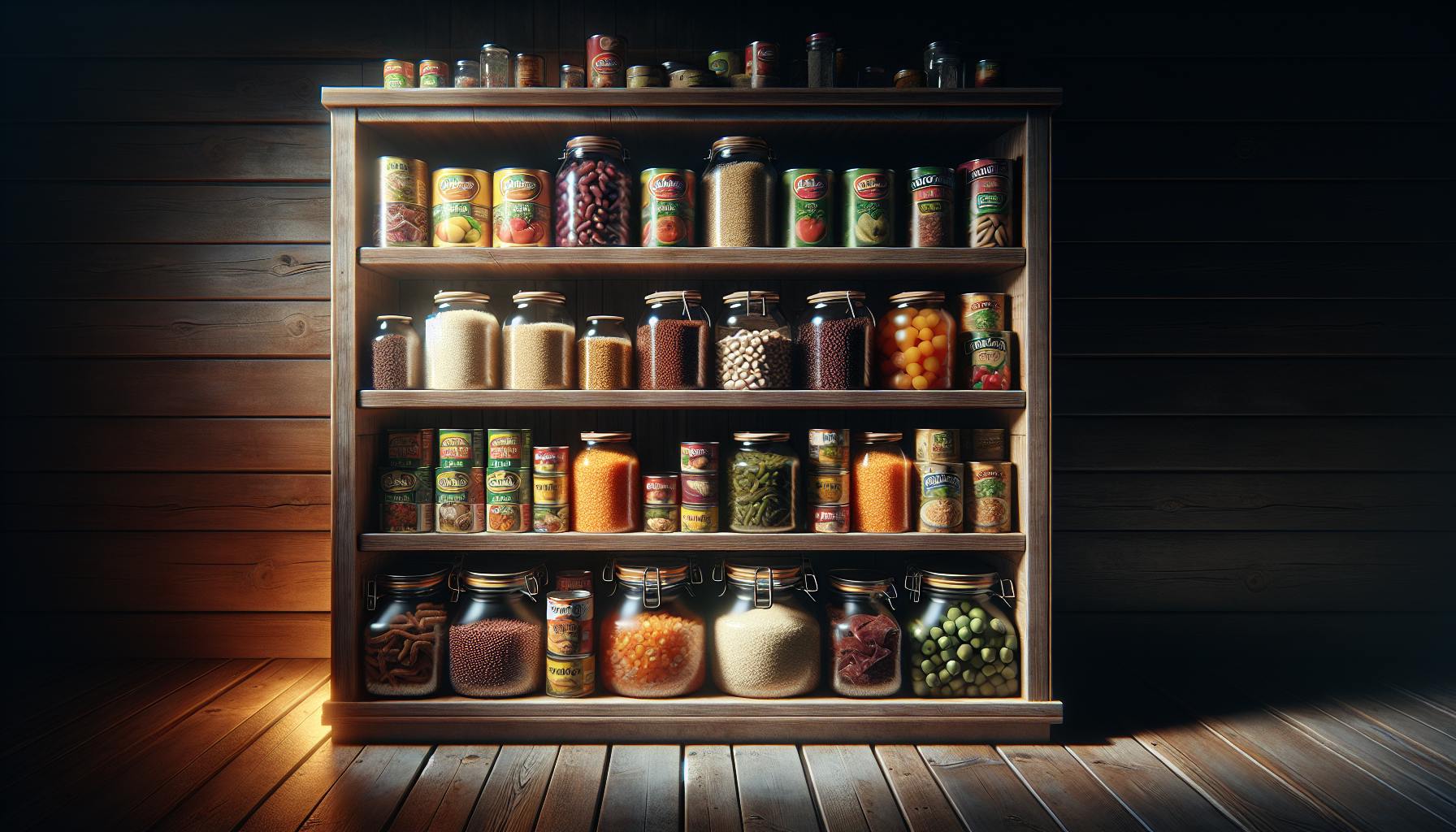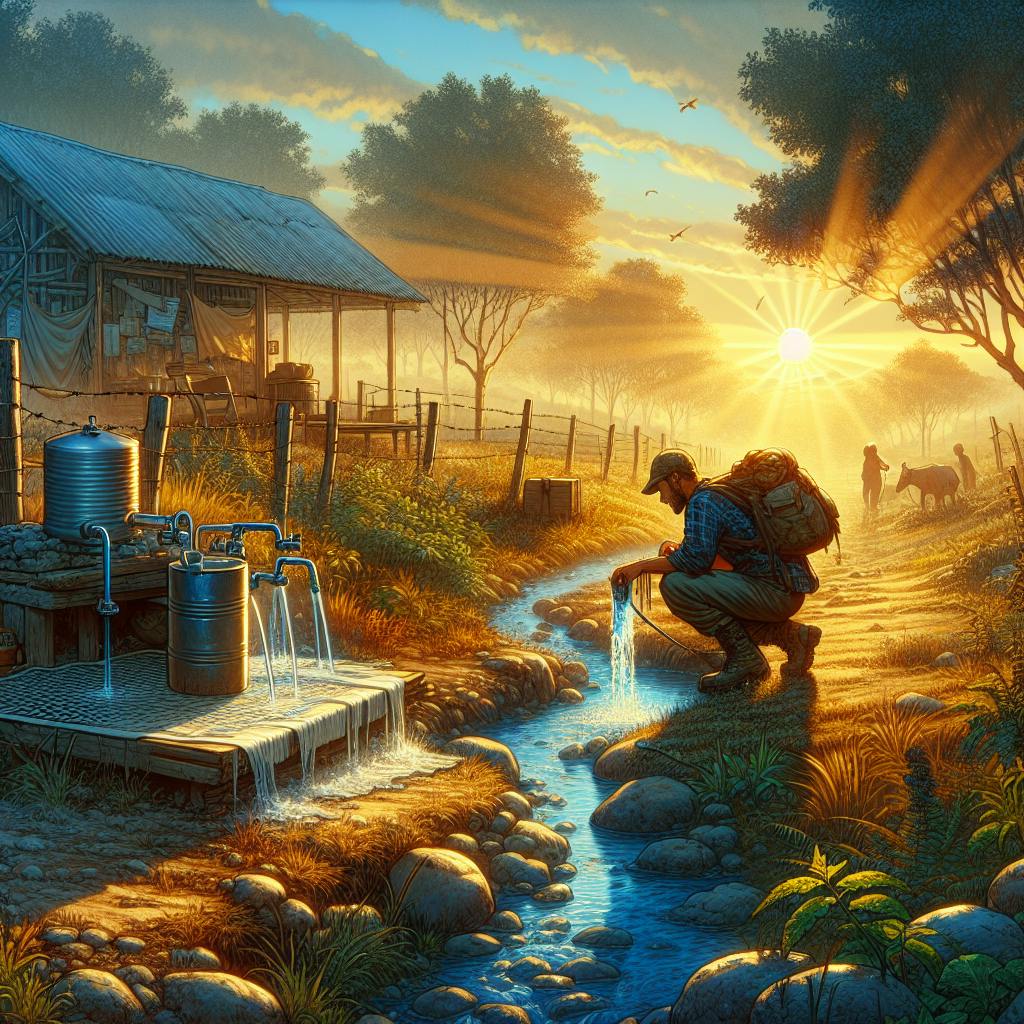Introduction to Emergency Water Pouches
Emergency water pouches are lightweight, portable containers designed to store clean drinking water for use in emergency situations. They provide a compact and convenient way to store water for disasters when regular tap water may be unavailable. Having an ample supply of potable water is critical for survival, so water pouches have become a popular preparedness item.
Key features of emergency water pouches include:
-
Durable construction from puncture-resistant polyethylene or foil laminate materials
-
Resealable screw caps, zip closures, or snap-top spouts
-
Sizes ranging from 4oz personal pouches up to 5-gallon capacity
-
Foldable and collapsible when empty
-
Long shelf life - can safely store water for 5+ years
Storing emergency water is an important part of any preparedness plan. Disasters like earthquakes, hurricanes, floods, or prolonged power outages can easily disrupt normal water service. Water pouches from brands like Hydrant and Reliance provide a reliable supply of life-giving water when you need it most. They are more portable and space-efficient than rigid water barrels. Water pouches would be invaluable during natural disasters, industrial accidents, civil unrest, or in remote locations.
Popular brands of emergency water pouches include Hydrant, WaterBricks, Survivor Filter, Reliance, ReadyWise, and Emergency Essentials. There are many types to choose from:
- Basic pouches: Foldable bags in sizes from 4oz to 5 gallons
- Bottles: Pouches with screw or snap-top spout caps for easy drinking
- Boxed pouches: Pouches packaged in cardboard boxes for retail displays
- Combo kits: Pouches bundled with water filters or purification tablets
Benefits of Emergency Water Pouches
Water pouches provide unique advantages over traditional water storage methods:
Lightweight and Portable
-
Pouches are flexible and compressible, allowing for easy storage. A 5-gallon pouch weighs just ounces when empty.
-
Can be folded, rolled up, or flattened to save pack space. Easily fits in bug out bags, hiking packs, vehicles.
-
Very lightweight; even children can carry several pouches filled with water.
Durable and Leak-Resistant
-
Made of strong polyethylene or foil laminates that resist punctures.
-
Heat-sealed seams and closures prevent leaks during transport and storage.
-
Can withstand drops without bursting or leaking. Rugged for outdoor use.
Long Shelf Life
-
Materials and treatments prevent bacterial contamination.
-
Water remains fresh and potable for over 5 years when properly stored between 50-70°F.
-
Much longer shelf life than bottled water or reusable containers.
Easy to Use
-
Just fill pouch with tap or filtered water, press out air, and seal.
-
Write fill date on pouch with marker for rotation.
-
Store sealed pouches in cool, dark place.
-
When needed, tear corner and pour out fresh water.
Space Efficient
-
Pouches collapse for compact storage when empty.
-
Can stockpile more water in less space versus rigid jugs.
-
Stack efficiently on shelves, in bins, cabinets, etc.
-
Take up very little space compared to water barrels.
Types of Emergency Water Pouches
There are many types and configurations of water pouches to consider:
-
Pouches - Basic foldable, sealable bags sized from 4oz up to 5 gallons. Offer the most flexibility.
-
Bottles - Pouches with screw or snap-top spout caps for easy drinking access. Convenient to grab and go.
-
Boxes - Pouches packaged in cardboard boxes for retail display. Often sold in multi-packs.
-
Combos - Pouches bundled with water purification tablets, filters, or treatment drops. Provide tools to make untreated water potable.
-
Brands - Major brands like Hydrant, WaterBrick, Survivor Filter, Reliance, ReadyWise, and Emergency Essentials have their own lines of water pouches. Compare options to find the best value and features for your needs.
How Much Water to Store
-
Plan for at least 1 gallon of water per person per day for basic drinking needs.
-
Store additional water for cooking, cleaning, pets - at least 0.5 gallons extra per person daily.
-
For a family of 4, store at least 8 gallons per day. For 2 weeks, that's 112 gallons.
-
Consider your household size, climate, activity level, health issues. Allow more for children, pets, illness.
-
In hot climates, store even more water - up to 1.5 gallons per person daily.
-
Rotate stock by using oldest pouches first. Replace every 5 years. Mark fill dates.
Where to Store Emergency Water
Proper storage is key to maximize shelf life:
-
Store in cool, dark place like a basement or interior closet between 50-70°F. Avoid temperature fluctuations.
-
Keep off concrete floors on shelves or plastic bins to prevent moisture damage.
-
Away from chemicals, gasoline, cleaners that could taint taste or create fumes.
-
In location that's accessible but secure from damage.
-
Consider storing some in home, vehicle, RV, boat, cabin, bug out location.
Water Treatment Considerations
-
Most pouches are intended for short term storage of pre-treated water.
-
Consider adding water purification tablets when first filling pouches with tap water.
-
Some combo pouches include built-in water filters for collecting and treating untreated water.
-
Water filtration methods like reverse osmosis, UV light, and boiling can also be used.
-
Always chemically treat or boil water of uncertain quality before use.
-
As a best practice, replace stored water every 5 years.
Additional Uses for Water Pouches
Water pouches can also be used for:
-
Freezing flat pouches to create ice packs for injuries, cooling.
-
Washing dishes, cleaning, or other non-potable uses.
-
Filling some pouches with drinking water and others with non-potable water.
-
Storing dehydrated camping foods, first aid supplies, tools and gear.
-
Rinsing and reusing durable pouches in an extended emergency.
Frequently Asked Questions
Are pouches BPA free? Most are nowadays but always check manufacturer specs.
Can I store milk or juice? Not recommended due to spoilage concerns. Stick to water.
How do I know if stored water is still good? Check for odd smell, taste, color, cloudiness.
Should I rotate stock? Yes, replace every 5 years for best results.
Can I reuse pouches? Yes but replace if damaged. Rinse thoroughly first.
Are pouches safe for pets? Yes, but clean pouch first before reusing for drinking water.
Conclusion
Emergency water pouches provide a lightweight, portable way to store clean drinking water. They offer advantages over traditional rigid water containers for disaster preparedness and survival situations. With proper storage and rotation, water pouches can provide reliable access to the most critical supply - safe drinking water. Having an ample supply on hand gives peace of mind that you and your family will stay hydrated even when normal water service is disrupted. Consider quality pouches from trusted brands like Hydrant and Reliance as part of your preparedness plan.


